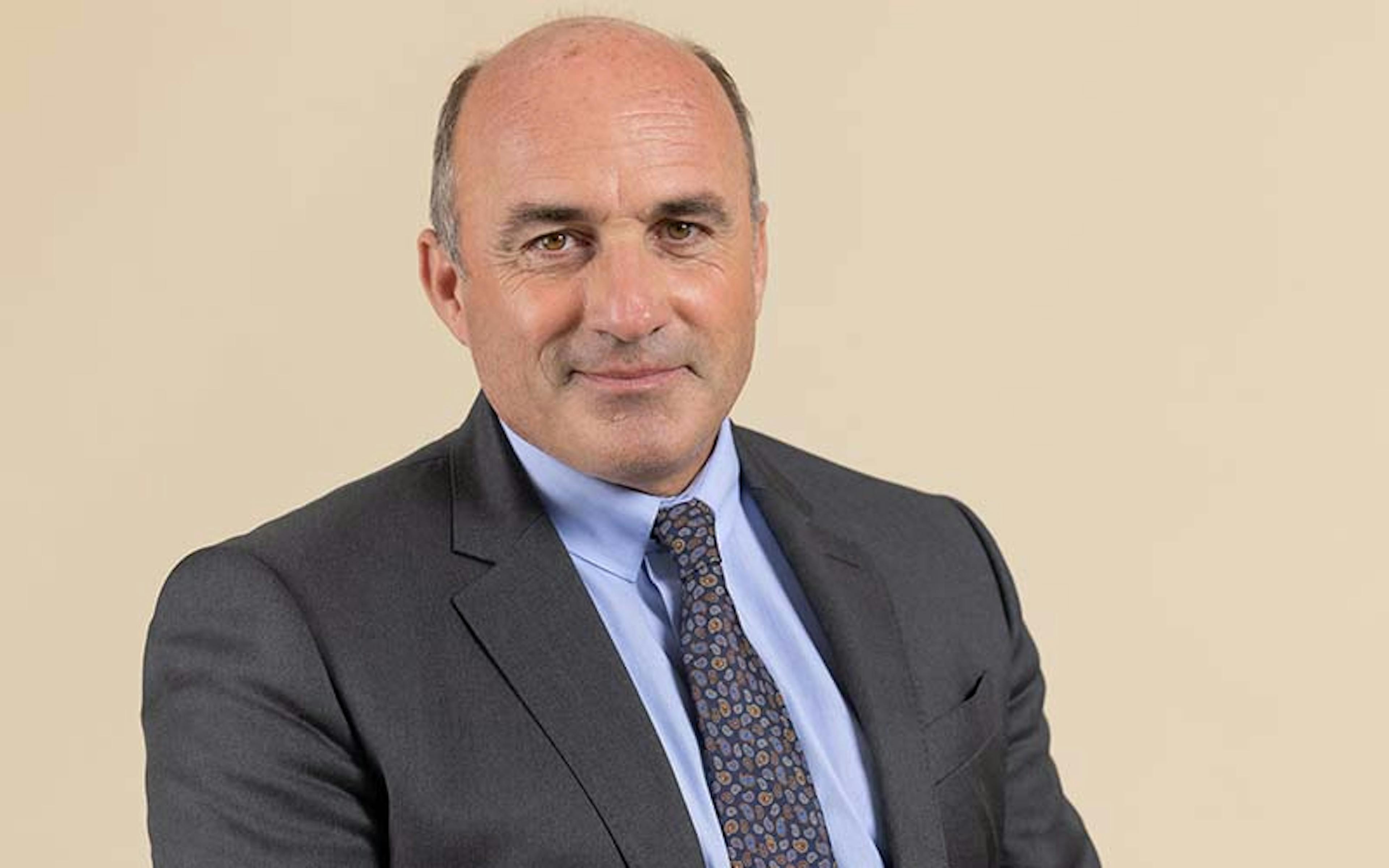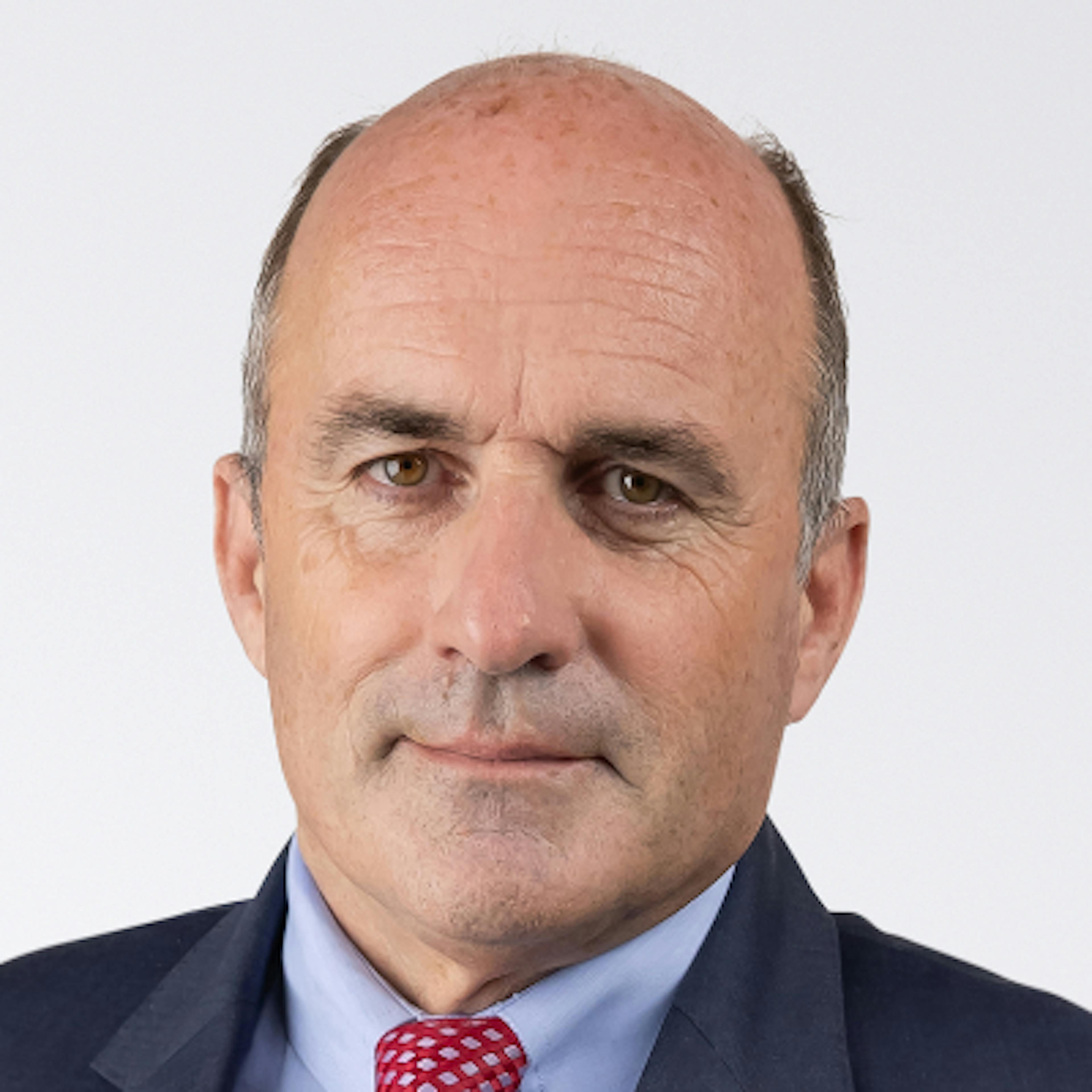![[Main Media] [Carmignac Note]](https://carmignac.imgix.net/uploads/article/0001/03/%5BMain-Media%5D-Carmignac%27s-Note_Market_Analysis.jpg?auto=format%2Ccompress&crop=faces&fit=crop&w=3840)
Stock markets confronted with an about-face by the Fed and ECB on inflation

Persistent inflation throughout 2022 will increase uncertainty about interest rates and consequently trigger sharp fluctuations in stock markets. But this volatility will also create attractive opportunities for investors, according to Frédéric Leroux, a member of Carmignac’s strategic investment committee.
As an investor, what’s your outlook for 2022?
Frédéric Leroux: 2022 is already being marked by inflation, which is staging a comeback after several years of near-zero price growth. This constitutes a major shift – especially for central banks, which are the policymakers that intervene in the economy to regulate the pace of growth, mainly by influencing interest rates.
A major shift in what way?
F.L.: For over a decade, price inertia coupled with persistently sluggish economic growth allowed central banks to shore up their economies by cutting interest rates and purchasing financial assets. Every time economic data took a turn for the worse, central banks flooded financial markets with cash – the liquidity injections we’ve heard so much about. These policies were deployed mainly in response to the expectations and excesses of investors, who were guided by nothing other than their own interests.
You’ve mentioned that inflation should last throughout this year, but just a few months ago analysts were saying the price rises would be only temporary.
F.L.: The Chairman of the US Federal Reserve (Fed), which is America’s central bank, had said for months that the inflation we’re seeing is “transitory.” But he recently did an almost caricatural about-face. He’s realised, strangely late in the game, that inflation is here to stay. Ditto for the European Central Bank (ECB). These monetary policymakers have swung from denying inflation’s staying power to making strong announcements about rate hikes in order to counter the surge in consumer prices.
How do higher prices affect central banks and, ultimately, stock markets?
F.L.: As we predicted a few months ago, inflation has bounced back after being stubbornly absent for so long, and is now the deciding force behind monetary policy. Central banks have no choice but to bow to the whims of rising prices because they have a specific mandate to which they must adhere – and maintaining price stability is a central element of this mandate. Compromising on inflation would be a renegade act.
What does all this mean for investors?
F.L.: With inflation back at the helm of monetary policy, we can expect two main consequences. The first is a sharp increase in uncertainty among investors about where interest rates are headed, and an ensuing rise in financial-market volatility. The U-turn by the Fed and ECB is just a taste of the destabilising, unpredictable swings promised by inflation, and of the challenge policymakers will face in managing that inflation through a regular by-the-book process. Volatility is back!
And what’s the second consequence?
F.L.: To comply with their mandate, central banks will have to withdraw the liquidity that’s been flooding global stock markets for years, through a process known as “quantitative tightening”. The problem is, they’ll be doing this right when the economy is slowing. It looks like that’s where the US is headed today, and possibly Europe in the near future.
How will that be done?
F.L.: The mechanisms are rather technical, but basically we believe the Fed – at the same time as it hikes short-term interest rates – will want to rapidly wind down the portfolio of assets it has purchased over the past 10+ years, in the hopes of pushing up long-term rates. That will avoid what’s known as an inverted yield curve, or when short-term interest rates (from a few months to one year) are higher than long-term interest rates (two or more years).
Why would the Fed want to do that?
F.L.: Because it will be important for the Fed as it attempts to cool the US real-estate market. This market is sensitive to long-term interest rates and is showing numerous signs of overheating. America’s housing market in particular has become increasingly speculative with investors on the hunt for lucrative returns in today’s ultra-low interest-rate environment. But that’s creating problems for home buyers.
Do you think there are any other reasons behind the Fed’s about-face?
F.L.: It could be that its Chairman, Jerome Powell, considers this business cycle to be unlike any other. Today, companies and consumers are in a comfortable position financially thanks to the large-scale stimulus programmes that governments rolled out to counter the effects of the pandemic. It will therefore take longer for central banks’ policy decisions to have an impact on prices. But it’s worth bearing in mind that not everyone shares our view on inflation in the US.
What do you mean?
F.L.: Most analysts are still sceptical about the lasting nature of US inflation. The deflationary fears which shaped market movements over the past decade are still very much with us. Economists expect inflation to return to around 2.5% in two years’ time, which is a credible prospect. However we believe this forecast doesn’t account for some potentially inflationary structural factors such as higher energy prices, planned repatriations of production plants, and lower savings rates due to demographic trends.
How do you see the situation in Europe?
F.L.: ECB President Christine Lagarde has also undergone a radical change of course. This could pave the way to a change, as early as this year, of the policy the ECB has been following for several years. We’re intrigued by what the “revelation” could be that prompted her new stance, given that the main factor driving eurozone inflation today – energy prices – is largely out of the ECB’s control.
Could it be related to wages, which is an issue in the news lately?
F.L.: There are fears that a round of harsh wage negotiations in Europe will trigger an inflationary spiral like the one in the US. It's a valid concern. Beware of sleeping dogs that have lain too long. But it’s worth first keeping an eye on developments in the US, as they will be decisive for the path taken by the ECB.
Given all this, what can we expect for stock markets in 2022?
F.L.: This new year is certainly shaping up to be volatile, eventful, and brimming with opportunity. It will be a year of challenges and surprises, and one suited much more to the active approach we follow at Carmignac – that is, seeking out and seizing investment opportunities in market segments that don’t move uniformly – than to a passive investment style.
Related articles



